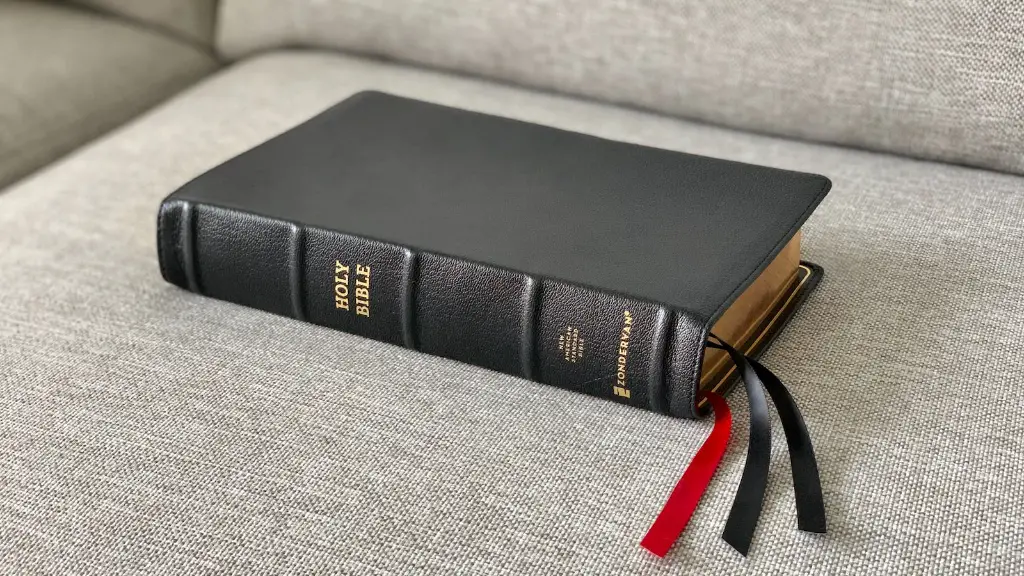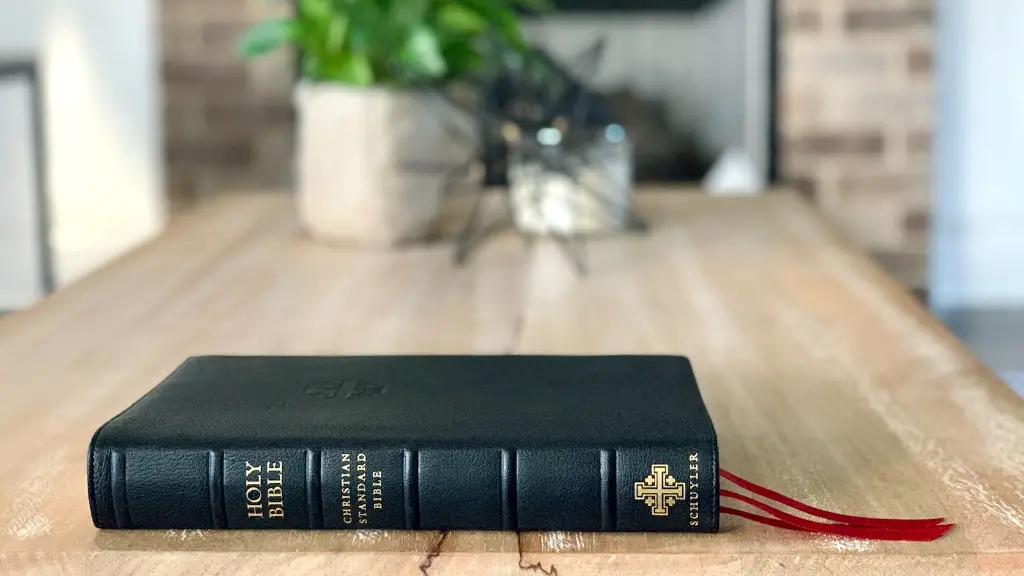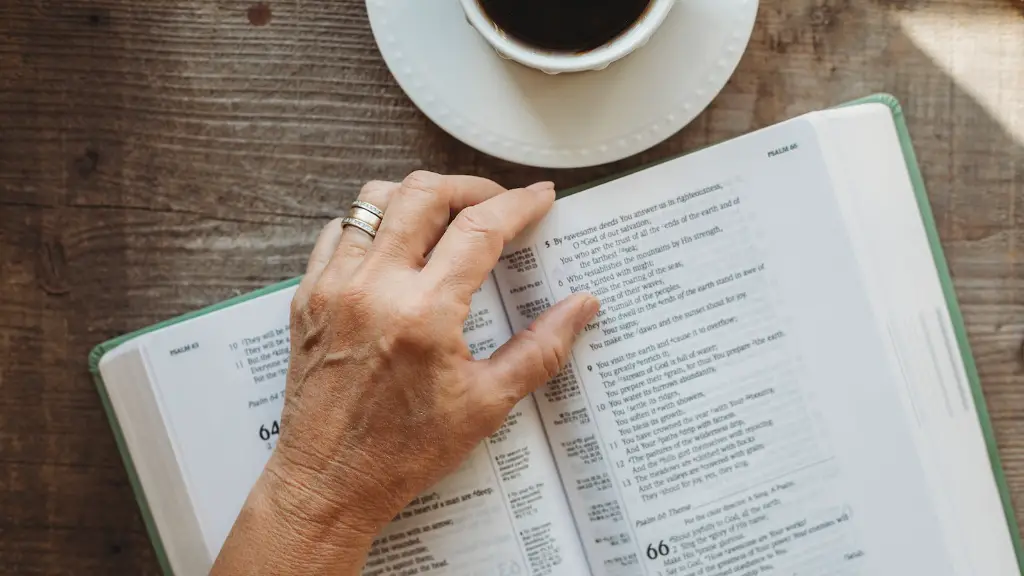Leaven Bread in the Bible: Types & Meaning
Leaven is a crucial ingredient in making bread; in the Bible it plays a much deeper role. Whether it is used symbolically or as a physical item, leaven bread and its leavening power is used to portray important lessons and messages to readers.
Leaven, which is mostly described in the Bible as yeast, is a type of microorganism that reacts with sugars in the dough, creating carbon dioxide and giving the dough a light and fluffy texture. In the biblical era, yeast was often made of fermented grapes, creating a type of goopy liquid or paste.
The prevalence of leaven in the Bible is rarely discussed, however it is found in over 30 references from the Old Testament to the New Testament, showing its importance in a number of events and teachings. In some instances, leaven is spoken about in negative terms, like when Jesus speaks about the leaven of the Pharisees and Sadducees. Other times, leaven is mentioned in occasions when celebrating, such as when the Israelites celebrated the Passover with leaven.
In the Bible, leaven reflects a number of metaphorical elements, but most notably a “heart condition.” In Luke 12:1, Jesus used leaven as an example of hypocrisy, warning listeners to “beware of the leaven of the Pharisees and Sadducees.” As such, leaven is often used to represent evil.
In other instances, the Bible uses leaven to represent something uplifting. In the Old Testament, leaven was a sign of joy: “On the day of your gladness, and on your appointed feasts, and on the first days of your months you shall blow the trumpets over your burnt offerings, and over the sacrifices of your peace offerings; they shall be a reminder of you before your God: I am the Lord your God” (Numbers 10:10).
Types of Leaven Bread in the Bible
The Bible makes two primary types of leaven mentioned in the Bible: pure and impure leaven.
The pure leaven was usually used in unleavened breads, or breads made with no added yeast or other leavening agent, such as those used in Passover meals. These breads had to be eaten in the same day, as the absence of leaven caused them to turn stale quickly.
Impure leaven was a mixture of grain, yeast spores, salt, and other flavoring agents. This type of bread is more common, as it was used to make all types of bread, from flatbreads to sweetbreads. It was often used in sacrifices and as offerings to God.
In Exodus 12:15-20, impure leaven was banned from Passover but was still used in other ceremonies throughout the year. This has led many to draw the conclusion that leaven is a necessary part of religious observances.
Leaven Bread in the Bible & Breadmaking Today
Leaven is still an important part of breadmaking today, as it helps to make bread rise and gives it a light, fluffy texture. While some people may choose to make bread without leavening, it is important to note that the use of leavenings has been around since ancient times.
Yeast is often used in breadmaking today, as it is responsible for producing Carbon dioxide which helps make dough rise. This process is similar to how leaven was used in ancient times.
Modern breadmakers may choose to use different types of leaven like sourdough starters, bakers yeast, and commercial yeast. While some recipes may call for several hours of rise time, others use quick-rising yeast that allows bread to rise in a fraction of the time.
Importance of Leaven in the Bible Stories
Leaven is an important part of biblical narrative and symbolism, as it is often used to represent a certain state of a person’s heart. In some stories, leaven is seen as a source of corruption and a sign of metaphor for sin. In other stories, leaven is used to symbolize the joy of an upcoming festival.
Leaven is also used to represent the Kingdom of Heaven, or the increase of good in the world. In Luke 12:33, Jesus said “Sell your possessions, and give to the needy. Provide yourselves with moneybags that do not grow old, with a treasure in the heavens that does not fail, where no thief approaches and no moth destroys.” Here, Jesus used leaven as a metaphor for storing up resources in Heaven, which increase exponentially in comparison to earthly possessions.
Significance of Leaven Bread in the Bible
The use of leaven in the Bible holds a great deal of significance. On a technical level, leaven was necessary for breadmaking in biblical times, as it helped make bread rise and gave it a light, fluffy texture. On a spiritual level, leaven was used in a number of Bible stories to represent a state of mind or spiritual condition.
In some passages, leaven is used to represent corruption and sin, while in other passages it is used to represent joy and celebration. No matter its interpretation, leaven is an important aspect of biblical stories and teachings, and is still an important element of breadmaking today.
Impact of Leaven Bread In The Bible & Today
Leaven plays an important role in both Bible stories and breadmaking today. On a spiritual level, leaven is used to represent a state of mind or spiritual condition, while on a technical level, it is used to make bread light and fluffy.
Leaven can be used both positively and negatively in the Bible and the same is true in breadmaking today. Some types of leaven are used to create lighter bread and others can be used to create a denser texture. Each type of leaven has its own positive or negative effect on the bread, and it is important to choose the right leaven for the job.
The use of leaven in both the Bible and breadmaking has a profound impact on our perception of these stories and the breads we bake today.
Uses of Leaven Bread in The Bible & Today
Leaven is an important part of both the Bible and breadmaking today. In the Bible, leaven is often used to represent corruption and spiritual conditions, while in breadmaking today it is used to give bread a light, fluffy texture.
Leaven can be made either with natural yeast or artificial yeast, like baker’s or brewer’s yeast. It is also available in a variety of different forms, including dried or freeze-dried yeast and sourdough starters.
No matter the type of leaven used, it has the same basic purpose, which is to create a light and fluffy texture in the bread.
Leaven is also used in a number of other dishes, such as pancakes, waffles, muffins, and doughnuts. Its purpose is the same as in breadmaking, which is to give these foods a light and fluffy texture.
Leaven is an incredibly versatile ingredient and it can be used in a variety of different ways to give food items a light and fluffy texture.
Baking With Leaven Bread In The Bible & Today
Baking with leaven, whether natural yeast or artificial yeast, can be tricky. While leaven is responsible for making dough light and fluffy, it must be managed properly in order to create the desired result.
When baking with natural yeast, like sourdough starters, it is important to feed the yeast and allow it time to grow before adding it to the dough. Artificial yeasts, such as baker’s and brewer’s yeast, are much easier to use and require less maintenance.
When using leaven for baking, it is important to follow the instructions of the recipe. This will help ensure that the dough rises properly and that the desired texture is achieved.
Additionally, it is important to monitor the rise of the dough, as allowing it to rise too long can result in a sourdough-like flavor. Baked goods will also collapse if the dough rises too long.
The use of leaven in both the Bible and breadmaking today has a long and storied history, with both good and bad connotations. As with any ingredient, it is important to understand the uses and effects of leaven in order to get the best results.


